Cummins ISB6.7 CM2350 (2013-17) Fault Code: 2321 PID: 190 SPN: 190 FMI: 2 Engine Crankshaft Speed/Position- Data Erratic, Intermittent, or Incorrect
Circuit Description
The crankshaft position and camshaft position sensors are Hall effect type sensors. The engine control module (ECM) provides a 5 volt supply to the position sensor and a return circuit. As the teeth on the crankshaft speed ring or the dimples in the back of the camshaft gear move past the position sensor, a signal is generated on the position sensor signal circuit. The ECM interprets this signal and converts it to an engine speed. A missing tooth on the crankshaft gear is used by the ECM to determine the position of the engine.
Component Location
The crankshaft position and camshaft position sensor location varies, depending on engine model.
Conditions for Running the Diagnostics
This diagnostic runs continuously when the engine speed is greater than 1200 RPM.
Conditions for Setting the Fault Codes
The Engine Control Module (ECM) detected an intermittent or degraded signal from the crankshaft speed/position sensor over an extended period of engine operation.
Action Taken When the Fault Code is Active
1)The ECM logs the fault code immediately when the diagnostic runs and fails.
2)For On-Board Diagnostics (OBD) engines, the ECM illuminates the the Malfunction Indicator Lamp (MIL) immediately when the diagnostic runs and fails.
3)Exhaust Gas Recirculation (EGR) valve operation will be disabled.
4)Engine torque will be reduced if the engine is operated for an extended period of time with this fault active.
Conditions for Clearing the Fault Code
1)To validate the repair, perform a key cycle, start the engine and run it at high idle for 5 minutes.
2)The fault code status displayed by INSITE? electronic service tool will change to INACTIVE immediately after the diagnostic runs and passes.
3)The ECM will turn off the amber CHECK ENGINE lamp immediately after the diagnostic runs and passes.
4)For On-Board Diagnostics (OBD) engines, the ECM will extinguish the Malfunction Indicator Lamp (MIL) after three consecutive trips where the diagnostic runs and passes.
5)The Reset All Faults command in INSITE? electronic service tool can be used to clear active and inactive faults, as well as extinguish the MIL for OBD applications.
Shop Talk
During engine operation, the ECM monitors the primary speed sensor (crankshaft speed sensor) signal. Fault Code 689 will become active and light the yellow lamp if the signal from the primary speed sensor is not present or degraded for more than 3 continuous seconds. Meanwhile, if the primary engine speed sensor signal is not present or is degraded for a moment (less than 3 seconds), the ECM will interrupt injection events based on the primary engine speed sensor and resume injection events using the backup engine speed sensor. Engine power will be reduced while the injection events are based on the backup speed sensor. If the primary speed sensor signal returns, the ECM will automatically interrupt injection events based on the backup speed sensor and resume injection events based on the primary speed sensor. If over a period of time, the ECM detects several incidents of a loss of the primary speed sensor signal, this fault code will become active.
A vehicle operator can notice an intermittent ?misfire? if the injection events are interrupted while the ECM switches from control based on the primary and secondary speed sensors. Also, a vehicle operator can notice intermittent ?low power? if a ?glitch? in the primary speed sensor signal causes the engine to intermittently use the backup speed sensor for injection control.
This fault code becomes active whenever the ECM detects a persistent loss of the primary engine speed sensor signal over a short period of time.
This fault becomes inactive if the ECM does not detect a loss of the primary engine speed sensor signal for at least 20 minutes.
Possible causes:
1) Intermittent loss of primary speed sensor signal; the most likely cause is an intermittent open or short circuit that can be experienced with speed sensor connector problems.
2) Sensor air gap that is marginally too small or too large.
Actions to take if this fault is intermittent:
Look for intermittent engine harness connections in the primary engine speed sensor circuit.
Look for loose connections at the ECM connector where the pins can not be locked into the socket.
Look for places where the engine harness has worn into a nearby component, causing an intermittent short circuit.
Look for pin wear at the speed sensor.
Inspect the target wheel for damage.


 AGCO
AGCO ALLISON
ALLISON BENDIX
BENDIX BOBCAT
BOBCAT CAT
CAT CLAAS
CLAAS CNH
CNH DAF
DAF DETROIT
DETROIT EATON
EATON FREIGHTLINER
FREIGHTLINER HINO
HINO HITACHI
HITACHI ISUZU
ISUZU JCB
JCB JOHN DEERE
JOHN DEERE JPRO
JPRO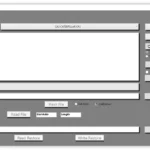 MAGIC TUNER
MAGIC TUNER MAN
MAN Navistar
Navistar PACCAR
PACCAR PERKINS
PERKINS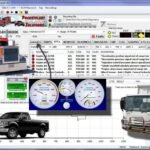 PF DIAGNOSE
PF DIAGNOSE PSI POWERLINK
PSI POWERLINK RENAULT
RENAULT SCANIA
SCANIA THERMO KING
THERMO KING UD NISSAN
UD NISSAN VOLVO
VOLVO WABCO
WABCO ZF TESTMAN
ZF TESTMAN
 BELL
BELL BENDIX
BENDIX BOBCAT
BOBCAT CARRIE
CARRIE DAF
DAF DETROIT
DETROIT EATON
EATON FUSO
FUSO MACK
MACK
 Cumminz
Cumminz ISB4.5 CM2150
ISB4.5 CM2150 All Engines (2017 Emissions)
All Engines (2017 Emissions) PACCAR
PACCAR



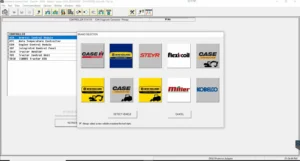





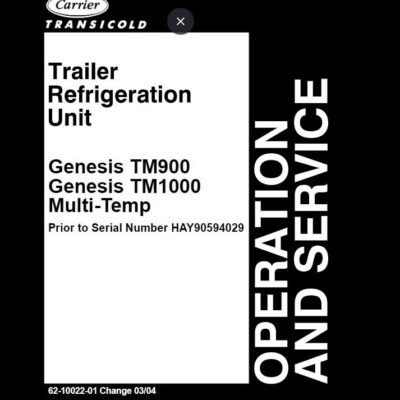
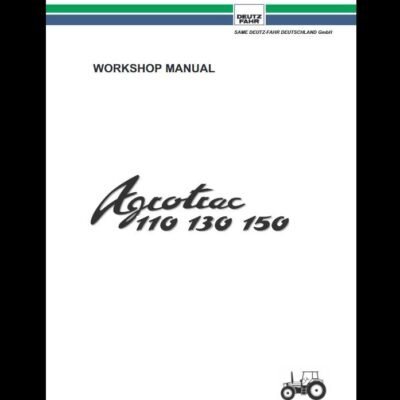


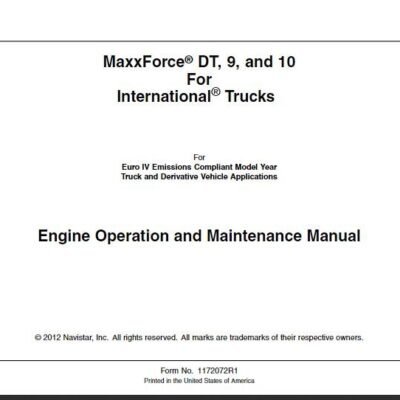


Reviews
Clear filtersThere are no reviews yet.